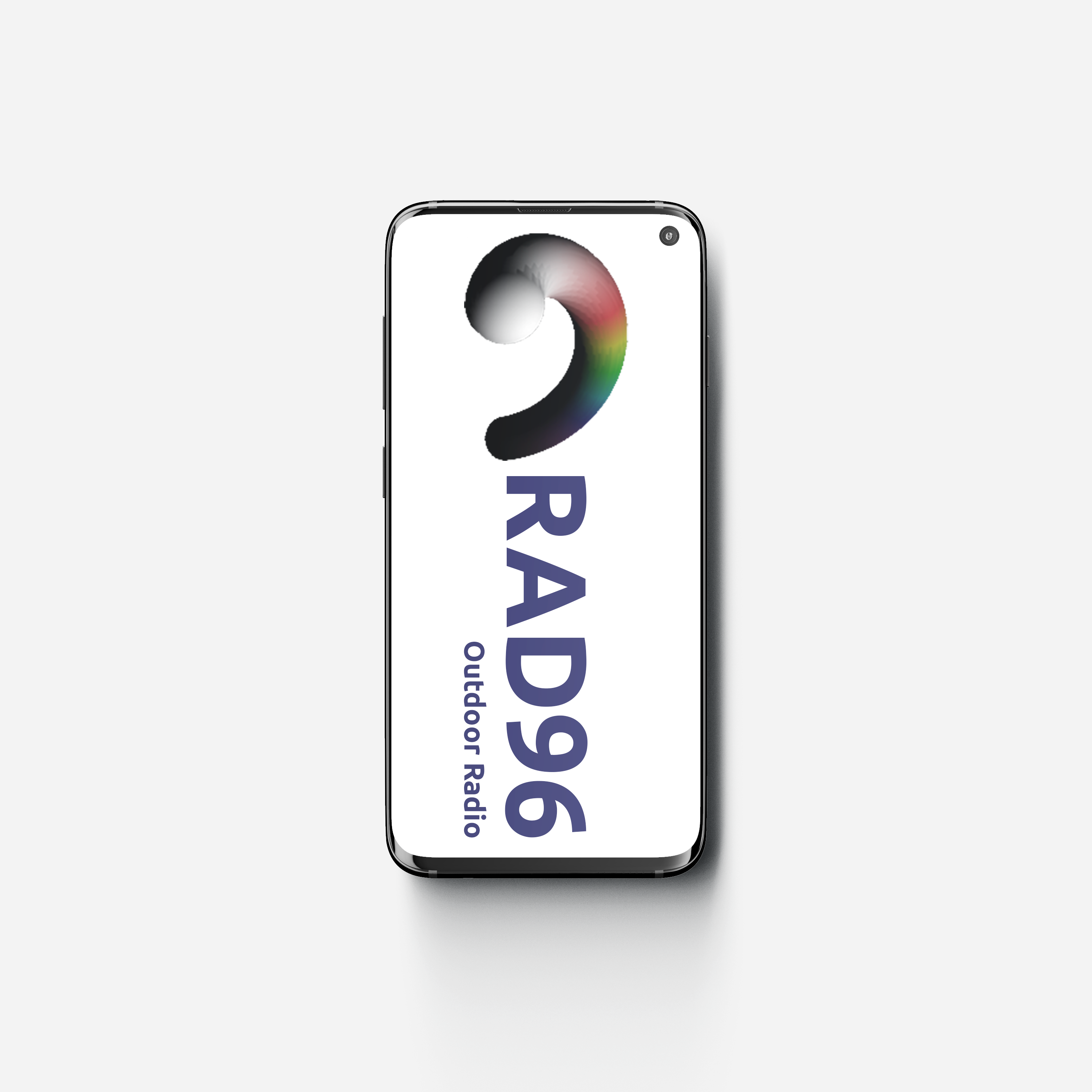RAD96 - Autonomous System
RAD96 mobile is a highly reliable, virtual autonomous system. Thanks to the unique 64-bit DSP code, it allows you to monitor the signal strength of your mobile phone in real-time. Virtual SHF transmitter allows this autonomous system to bypass all existing signal blockers. RAD96 autonomous system operates discreetly as a virtual router and can greatly facilitate the work with your carrier. RAD96 mobile application has the computing power of the entire VLAN network of 96 nodes. The nodes are divided into 4 layers, which correspond to the physical, data link, network and transport layers of the OSI model, as well as the application, transport, internetwork and data link layers of the TCP/IP model. This property makes it possible to use RAD96 autonomous system for both frame-by-frame operation and packet communication such as Ethernet.
RAD96 - Autonomous System

RAD96 features
Voltage Pulling
RAD96 - Autonomous System on Tablet

The ultimate client app
Compositor Software network map

System submission
RAD96 - Autonomous System - Specifications
Characteristics:
- Technical purpose: bipolar 96-pole low-pass filter with cut-off frequency of 262144 rad/s
- Data flow: synchronous, initial bus fixed bandwidth of 262 KHz, SHF spacing 536 MHz
- Coding: stereo or MS-coded input, 100GBASE virtual optical line equivalent output
- Operation speed: 0.01 rad/s – 262144 rad/s
- Signal Bandwidth: 0 – 262144 Hz
- Modulation: 16 types of 262144CPFSK modulation with quantization
- Buffer size: 262144 samples
- Pulses Per Quater Note: 65536 PPQN
- Host OS: Android 4.4.2 – 13
- Hardware requirements: 32-bit and 64-bit smartphones.
- MediaTek chipset: For flashing only
- Qualcomm chipset: For a long run
